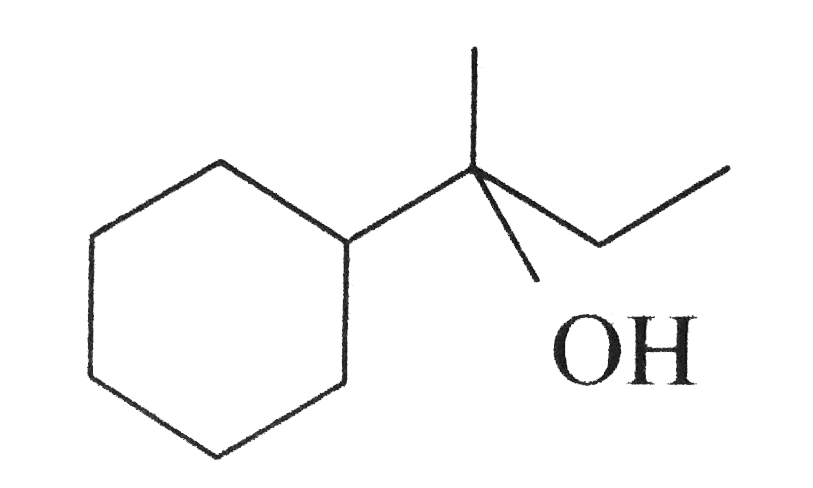Which of the following bond formation is dehydration synthesis ?
Peptide bond
Glycosidic bond
Phosphodiester bond
All of the above
The correct Answer is:D
To determine which bond formation is a result of dehydration synthesis, we need to understand what dehydration synthesis entails. Dehydration synthesis is a chemical reaction where two molecules are joined together by the removal of a water molecule. Let's analyze the options provided:
Step 1: Understand Dehydration Synthesis
Dehydration synthesis involves the elimination of a water molecule when two smaller molecules combine to form a larger molecule. This process is common in the formation of various biological macromolecules.
Hint: Remember that dehydration synthesis is characterized by the removal of water during bond formation.
Step 2: Analyze the Peptide Bond
A peptide bond is formed between two amino acids. The carboxyl group (COOH) of one amino acid reacts with the amino group (NH2) of another amino acid, resulting in the formation of a peptide bond and the release of a water molecule.
Hint: Look for the reaction between the amino and carboxyl groups that leads to water being released.
Step 3: Analyze the Glycosidic Bond
A glycosidic bond is formed between two monosaccharides. During this reaction, the hydroxyl group (OH) from one monosaccharide and a hydrogen atom (H) from another monosaccharide are removed, resulting in the formation of a glycosidic bond and the release of a water molecule.
Hint: Consider how monosaccharides combine and what happens to their hydroxyl groups.
Step 4: Analyze the Phosphodiester Bond
A phosphodiester bond is formed in nucleic acids between the phosphate group of one nucleotide and the hydroxyl group of the sugar of another nucleotide. This reaction also results in the release of a water molecule.
Hint: Focus on the connection between nucleotides and how the phosphate group interacts with the sugar.
Step 5: Conclusion
All three types of bonds—peptide bonds, glycosidic bonds, and phosphodiester bonds—are formed through dehydration synthesis, as they all involve the elimination of a water molecule during the bond formation process.
Final Answer: The correct answer is option D: All of the above bonds are formed by dehydration synthesis.
Dehydration synthesis involves the elimination of a water molecule when two smaller molecules combine to form a larger molecule. This process is common in the formation of various biological macromolecules.
A peptide bond is formed between two amino acids. The carboxyl group (COOH) of one amino acid reacts with the amino group (NH2) of another amino acid, resulting in the formation of a peptide bond and the release of a water molecule.
A glycosidic bond is formed between two monosaccharides. During this reaction, the hydroxyl group (OH) from one monosaccharide and a hydrogen atom (H) from another monosaccharide are removed, resulting in the formation of a glycosidic bond and the release of a water molecule.
A phosphodiester bond is formed in nucleic acids between the phosphate group of one nucleotide and the hydroxyl group of the sugar of another nucleotide. This reaction also results in the release of a water molecule.
All three types of bonds—peptide bonds, glycosidic bonds, and phosphodiester bonds—are formed through dehydration synthesis, as they all involve the elimination of a water molecule during the bond formation process.
Topper's Solved these Questions
- BOOK - A2ZCHAPTER - BIOMOLECULESEXERCISE - Section A : Topicwise Questions Topic :4 Enzymes51videos
BIOMOLECULES
- BOOK - A2ZCHAPTER - BIOMOLECULESEXERCISE - Section -b Assertion And Reason Question11videos
BIOMOLECULES
- BOOK - A2ZCHAPTER - BIOMOLECULESEXERCISE - Section A : Topicwise Questions Topic 2: Proteins10videos
BIOMOLECULES
- BOOK - A2ZCHAPTER - BIOLOGICAL CLASSIFICATIONEXERCISE - Mock Test Assertion - Reasoning Question5videos
BIOLOGICAL CLASSIFICATION
- BOOK - A2ZCHAPTER - BODY FLUIDS AND CIRCULATION EXERCISE - Section D: Chapter-end Test50videos
BODY FLUIDS AND CIRCULATION
Similar Questions
Knowledge Check
- Question 1 - Select One
Which of the following would undergo dehydration most readily
A1-phenyl-1 butanolB2-phenyl-2 butanolC1-phenyl-2 butanolD2-phenyl-1-butanol - Question 2 - Select One
Which of the following dehydrate easily ?
A3- methyl - 2 - butanolBEthyl alcoholC2- methyl propane - 2 -olD2- methyl butanol - 2 - Question 3 - Select One
Which one of the following compounds on dehydration gives ethene?
AAcetyleneBEthanolCEthyl bromideDCalcium carbide
Which of the following is not the product of dehydration of
 View Solution
View SolutionWhich of the following is not dehydrating agent?
View SolutionWhich of the following is a good dehydrating agent.
View SolutionWhich of the following is not the product of dehydration of
 View Solution
View SolutionWhich of the following is not the product of dehydration of
 View Solution
View Solution


 ?
?